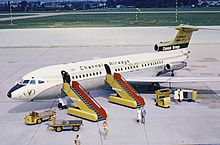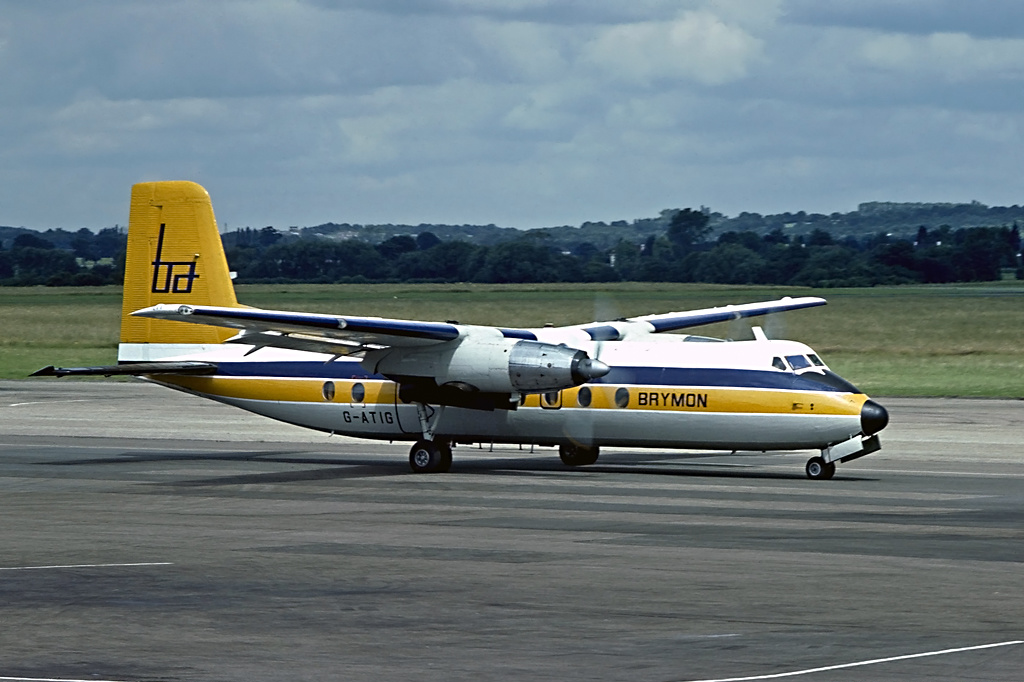Hawker Siddeley Hs 748 Pdf Writer
Spartan Trailer Serial Numbers. This article is about a jet-engine maritime patrol aircraft. Svr 08 Downloadable Content here. For the 1930s biplane fighter aircraft, see.


Nimrod Hawker Siddeley Nimrod MR2 Role,, Manufacturer First flight 23 May 1967 Introduction 2 October 1969 Retired 28 June 2011 Status Retired Primary user Number built 49 (+2 prototypes) Developed from Variants The Hawker Siddeley Nimrod was a developed and operated by the United Kingdom, it was an extensive modification of the, the world's first operational. It was originally designed by 's successor firm,; further development and maintenance work was undertaken by Hawker Siddeley's own successor companies, and, respectively. Designed in response to a requirement issued by the (RAF) to replace its fleet of ageing, the Nimrod MR1/ MR2s were primarily fixed-wing aerial platforms for (ASW) operations; secondary roles included maritime surveillance and. It served from the early 1970s until March 2010, the intended replacement was to be extensively rebuilt Nimrod MR2s, designated; however due to considerable delays, repeated cost overruns, and financial cutbacks, the development of the MRA4 was abandoned in 2010. In addition to the three Maritime Reconnaissance variants, two further Nimrod types were developed, the RAF operated a small number of the Nimrod R1, an electronic intelligence gathering () variant. A dedicated platform, the was in development from late 1970s to the mid-1980s; however, much like the MRA4, considerable problems were encountered in development and thus the project was cancelled in 1986 in favour of an off-the-shelf solution in the.
All Nimrod variants had been retired by mid-2011. Nimrod MR1 XV262 landing at in July 1981 MR1 [ ] External image On 4 June 1964, the British Government issued, which sought a replacement for the aging of the (RAF). Such a replacement had been necessitated by the rapidly-approaching fatigue life limitations accumulated across the Shackleton fleet. A great deal of interest in the requirement was received from both British and foreign manufacturers, offered aircraft including the, the and derivatives of the,, and. On 2 February 1965, British Prime Minister announced the intention to order Hawker Siddeley's maritime patrol version of the Comet, the HS.801. The Nimrod design was based on that of the civil airliner which had reached the end of its commercial life (the first two prototype Nimrods, XV148 & XV147 were built from two final unfinished Comet 4C airframes).
The Comet's engines were replaced by for better, particularly at the low altitudes required for maritime patrol. Major fuselage changes were made, including an internal weapons bay, an extended nose for radar, a new tail with (ESM) sensors mounted in a bulky fairing, and a MAD () boom, after the first flight in May 1967, the RAF ordered a total of 46 Nimrod MR1s.
The following events occurred in January 1976: Contents. A TAME Hawker Siddeley HS 748-246. 77, African-American actor, singer, writer, and political activist. The entire wikipedia with video and photo galleries for each article. Find something interesting to watch in seconds.
The first example () entered service in October 1969. A total of five squadrons using the type were established; four were permanently based in the UK and a fifth was initially based in. Nimrod R1 XW665 landing during Waddington Airshow 2009 Three Nimrod aircraft were adapted for the role, replacing the Comet C2s and of No. 51 Squadron in May 1974. The R1 was visually distinguished from the MR2 by the lack of a boom, it was fitted with an array of rotating dish aerials in the aircraft's bomb bay, with further dish aerials in the tailcone and at the front of the wing-mounted fuel tanks.
It had a flight crew of four (two pilots, a flight engineer and one navigator) and up to 25 crew operating the SIGINT equipment. Only since the end of the Cold War has the role of the aircraft been officially acknowledged; they were once described as 'radar calibration aircraft'. The R1s have not suffered the same rate of fatigue and corrosion as the MR2s. One R1 was lost in a flying accident since the type's introduction; this occurred in May 1995 during a flight test after major servicing,.